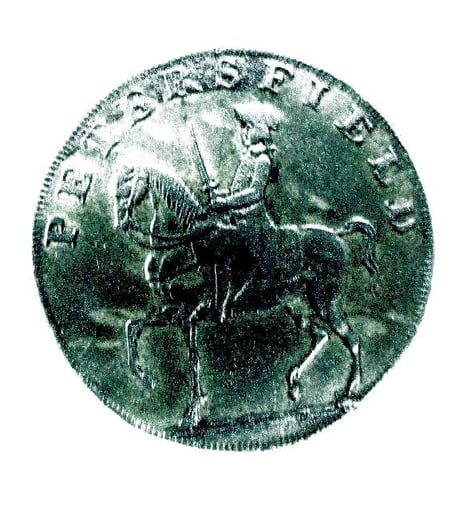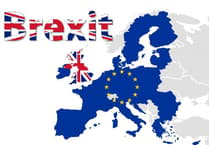EARLIER this year, there was talk of introducing a Petersfield pound to spend in town shops – but this idea first started in 1793.
Coins have been around since the earliest civilisations and after the Romans left Britain, King Alfred set up a royal mint in 889 but this did not become the official government body we would recognise until the early 19th century.
In the late 1700s, with changes in society, including the Industrial Revolution, there was a desperate shortage of small denomination coins throughout the country, with the mint not producing any for 48 years.
And the majority of coins which were available were counterfeit or underweight.
In 1787, unable to pay their workers, owners of a copper mine on Anglesey in north Wales took matters into their own hands and issued tokens to be exchanged for food and other goods.
The idea quickly spread to other towns over the next ten to 15 years, including Petersfield, and were known as provincial tokens or Conder tokens, named after one of the early issuers.
According to coin and token expert John Newman, of Worthing, The Petersfield ‘promissory’ halfpenny was engraved by Thomas Wyon and produced by Peter Kempson in Birmingham.
The front, or obverse, shows a mounted dragoon soldier carrying a sword while on the reverse is a bird on a tuft of marshy ground, which is officially described as a stork but could be a heron – a bird long associated with the Petersfield area.
Around the rim is inscribed ‘Eames, Holland and Andrews, Petersfield’.
These were tradesmen who wanted to support their businesses.
As late as 1860, Henry Eames was a watchmaker while members of the Andrews family, as well as being butchers were timber merchants and brewers, originally based at 2 High Street.
Even while the tokens were being used on a daily basis, some of the manufacturers had their eye on a collectors’ market.
The Petersfield halfpenny issued in 1795 was issued by the same factory in Birmingham as the one created in 1793 with the difference being a seated figure of Britannia on the reverse instead of the heron and the words Rule Britannia.
Patriotic sentiments were common on the tokens and among those issued in Emsworth was one celebrating the first Lord Howe, who was a popular Royal Navy commander of the period and won the battle of the Glorious First of June.
Portsmouth had a number of tokens, including a halfpenny with an engraving of philanthropist John Howard on one side and the arms of Portsmouth and Chichester on the other.
The edge inscription says: “payable at Sharps Portsmouth and Chaldecotts Chichester.” Thomas Chaldecott, a silversmith and cutler in Chichester and Thomas Sharp, a mercer in Portsmouth, were probably relatives or close friends, and issued joint tokens in both Portsmouth and Chichester.
Tokens from around the country are still collected by many people today.

_-004.jpeg?width=209&height=140&crop=209:145,smart&quality=75)



Comments
This article has no comments yet. Be the first to leave a comment.